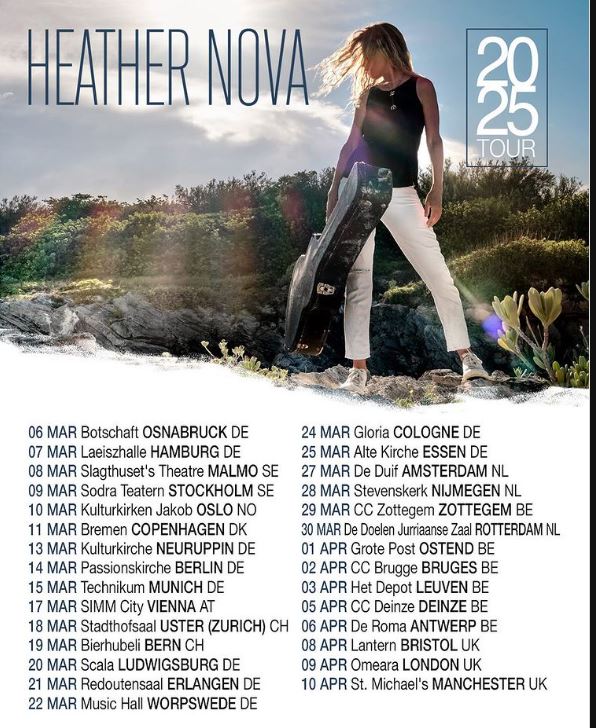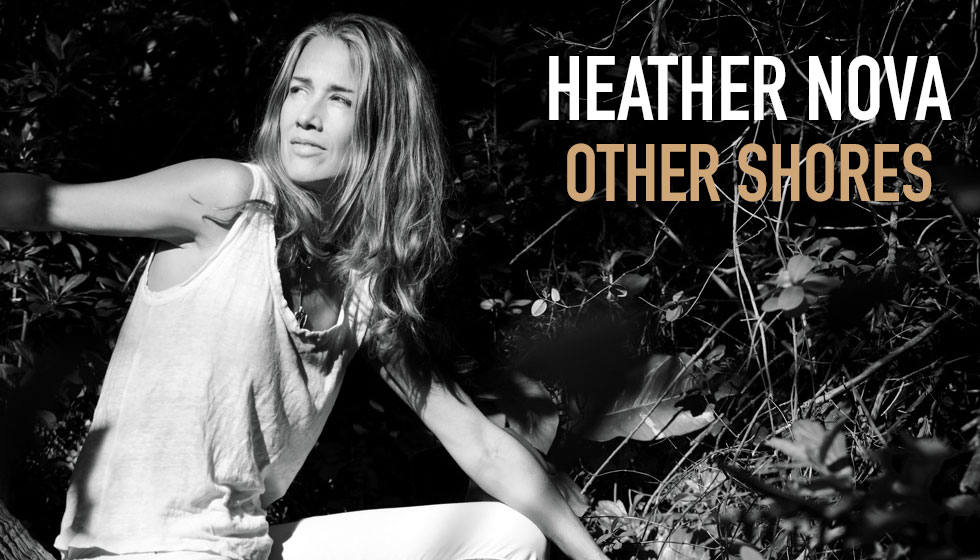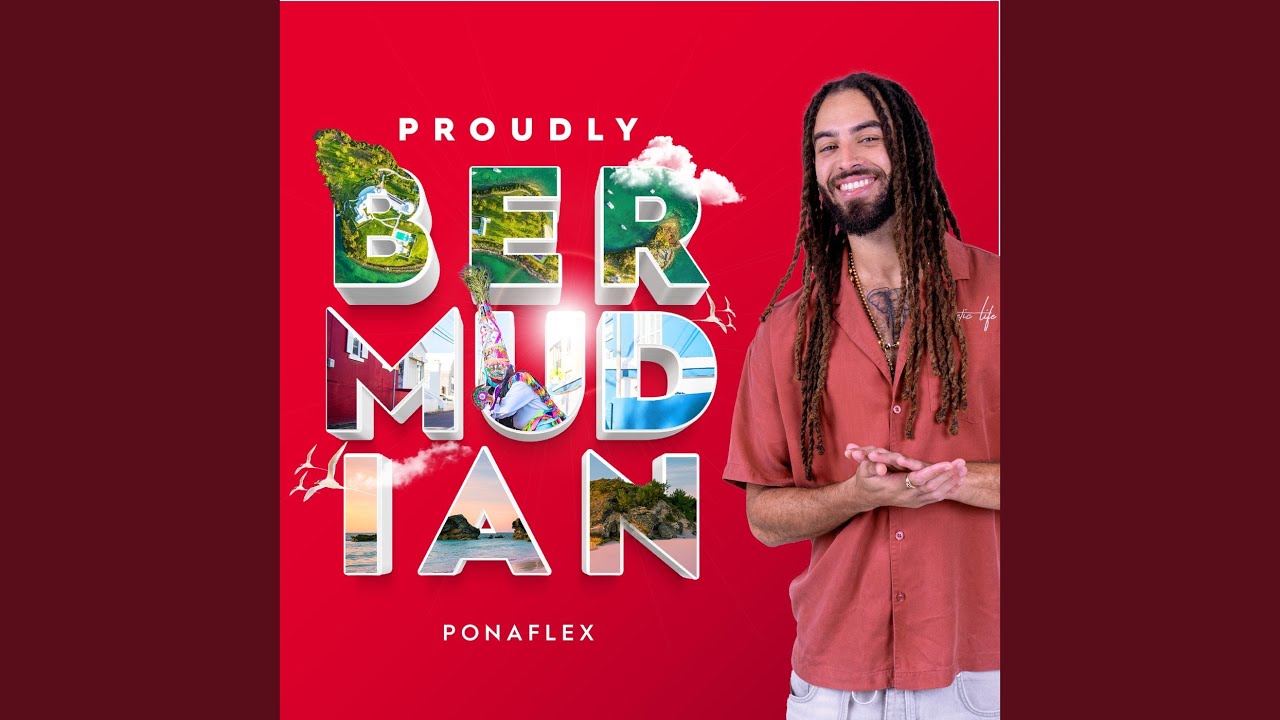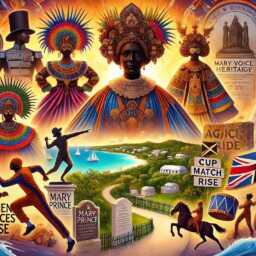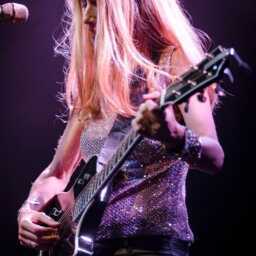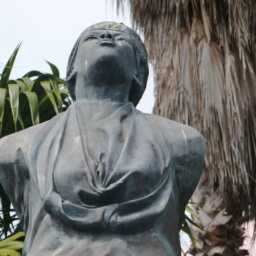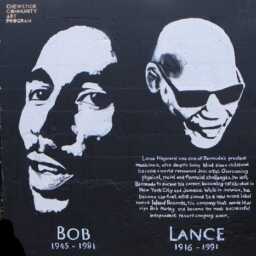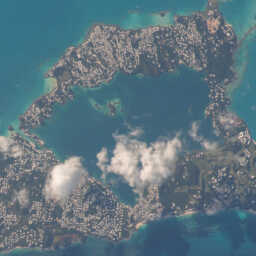Bermuda, against the backdrop of teen services possibly closing, teachers sitting out in mass, the Salvation Army unable to feed the most needy, roads in atrocious condition, taxi drivers disgusted, fishermen bewildered by the consultation, and farmers frustrated with the red tape they’ve gone through, Minister Burch fails yet again. He tells us they have decided to ditch their second attempt after $100 million has been spent on this Grand Atlantic Bermudiana Project.
Good morning, members of the media and Bermuda. Let me first apologize. I have received so many calls, dozens and dozens of WhatsApps, texts—you name it—in just one night. It’s quite bewildering what is just taking place. I am blown away to learn that the latest failed project on the Bermudiana Beach Club project. And thank you, Ging, for joining me.
I have a question for every resident in Bermuda in a similar position: If you were a cabinet minister or just yourself giving suggestions, what could you do with $100 million? It’s no doubt the possibilities are endless and definitely life-changing.
The government’s recent announcement for the plans of the Bermudiana Beach Resort is a last-ditch attempt to salvage a huge mess created by this PLP administration and this particular project, led by the Minister, Colonel Burch. If they take this latest course of action, they will once again drastically increase the cost of living, increase the cost of housing, and make it even more unaffordable for the average Bermudian to put a roof over their head.
Now, you will recall—and I’m going to dart through this here somewhat—you will recall that just this year, earlier this year, the Minister was excited for the opening of this taxpayer-funded hotel, due to open ironically this month. This month, folks, the hotel must be open. And on the eve of the opening of the hotel, we get this announcement. This is unconscionable, quite frankly. When I heard that there was a press conference being held, I figured, “Okay, we got some good news. You know, it’s supposed to open up in November. They’re going to open up a little earlier, and this $100 million is now going to be going to be something that Bermudians can be proud of.”
It was clear from the beginning, by any right-thinking person, that any of the proposed initiatives by the government were not feasible, folks—not feasible. Low-cost housing failed, the hotel failed, but give me some more money, and this time, a third time, we will rent it for those coming to Bermuda looking for housing. Yet, in the meantime, folks, from this government, from this ministry, a letter has already been sent out by the Minister that locals who are living in government housing are to vacate in three years. Yeah, this is what’s happening. If Bermuda is not upset and angry about this here, I don’t know what’s going to get us or get our attention. But based on the response that I have received, it’s getting our attention.
It’s ironic, you know, that many years ago, this Minister told foreigners who were coming here that if you don’t like it, leave. But yet now, they’re looking at international business with the new tax revenues that they believe are going to come here to save Bermuda. And what, quite frankly, this boils down to is that we are mortgaging our children’s future, money just going up in smoke.
This government refused to listen to the Board of the BHC and others, and look what a mess we face today. We’ve gone ahead and spent, I don’t know how much money, to get Ernst & Young to give us a professional report that this project’s not going to work, on the eve that it is supposed to be opening. It’s not going to work, folks. And I can guarantee you, we probably got to spend way more than $5 million to move forward. When they first started this project out back in 2007, 8, 9, 10, they were told by the community—I mean, Bermudians told them—this project’s not going to work, for free. But yet, the Minister barreled ahead, barreled ahead. So, what really is the true cost of this here? You know, this Minister has a pension, and and and I’m bringing this up now to act independently. Yeah, when he came into cabinet with this last PLP administration, he came into the House of Assembly and said this: “I’m only going to take this job now. I’m only going to take this job under two conditions.” Number one, number one, Bermuda, I’m going to go up to Government House only once to get my appointment as a minister. So, you know, the appointment, the Governor’s House is good enough to give him his appointment, but not for him to come back and have a conversation about the concerns of Bermuda. And then the number two condition is this, and this, this is the nature of what we are dealing with right now. The number two condition was this: He told the Premier, “The second condition is, don’t tell me what to do.” That’s what an independent looks like. “I’m independent. Don’t tell me what to do. I’m going to come to this House of Assembly. I’m different than everybody else, and I’m going to do what I’m going to do.” This is unconscionable, Bermuda. And yet, after the fiasco of when they started out and completed the project by 2012 of building low-cost housing, they were unable to move it. And guess whose fault it is? That’s right, it’s the OBA’s fault that they couldn’t get this project done. Yet, advice after advice, the board saying, “I don’t think we should do this here.” The real estate people saying, “I’m not sure this is a good idea.” He still does it anyhow, and look at the mess. He also had the nerve to tell Bermuda that over the last 12 years, we have spent $100 million. Okay, he’s trying to include the OBA in this. Well, let me be clear with you, Bermuda. The OBA was the only administration that brought revenue to Bermuda, to the coffers of government, for the Grand Atlantic project. They are the only government that found a way to get revenue to come in to pay off our debt, to help pay off our debt. But yet, this Minister barrels ahead. So, what I want to know is, what I want to know is where was the Ernst & Young report back then that said we should do this? No, the Minister decided back then, “It don’t matter what you say, I’m going to do it.” Now that in and of itself, we, we, you know, years go by, we could probably say, “Okay, well, fine. I’m going to move on.” But then a second time, he decides that he’s going to make it a hotel. Now, I don’t have a problem with that, because when we were the administration, we put out an RFI and said, “Well, look, we want some ideas.” Years, and the best one coming forward was to make it a hotel. But never once was this OBA government going to use taxpayers’ money to borrow money and use taxpayers’ money to pay for a hotel. We were going to do just like we did with S Regis and the Loren, find an investor, put the money into the project, and build it to the benefit of Bermudians. But no, the Minister wants you to believe that we were going to put a hotel there and use taxpayers’ funds, money. No, further from the truth. So, over the last 12 years, we spent $100 million. Guess what? It was under the PLP administration that $100 million has been paid, and this is a failed project, a failed project. But yet, the Minister has the nerve to come to us once again and say, “Listen, I messed up the first time. Okay, I messed up the second time. Okay, give me some more money, and I’m going to try something else. I’m going to try something else.” Now, anywhere else in the world, folks, I don’t care what business you go work for, if you tell your boss, “Don’t tell me what to do,” you’re fired. If you tell your boss, “Uh, listen, I know I failed the first time, and I’m failing the second time. Um, well, okay, um, give me some more money, and I might get it right this next time around,” you’re fired. And this Minister needs to step aside. He needs to resign. But what the Minister does tell us is this, in his uh uh reasoning yesterday, he’s he’s saying to us, “Well, look, you know, cabinet made the decision.” Now, he’s dissolving himself from making the decision. But this is the same man, as I said, who told his boss, “Don’t tell me what to do. Don’t tell me what to do. And that’s what an independent looks like.” Bermuda, they have their own resolve, and they only answer to themselves. This can no longer go on. And if the cabinet agreed
Note: Automated Speech Transcript



